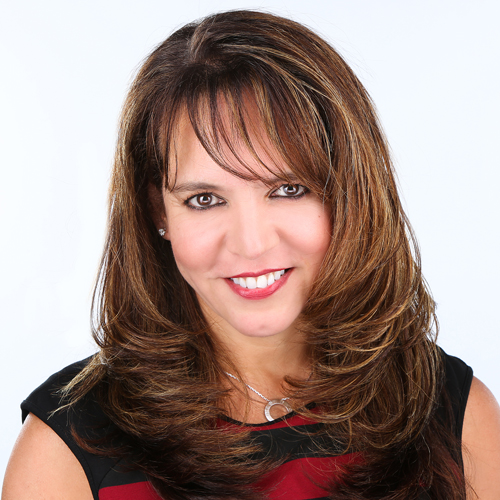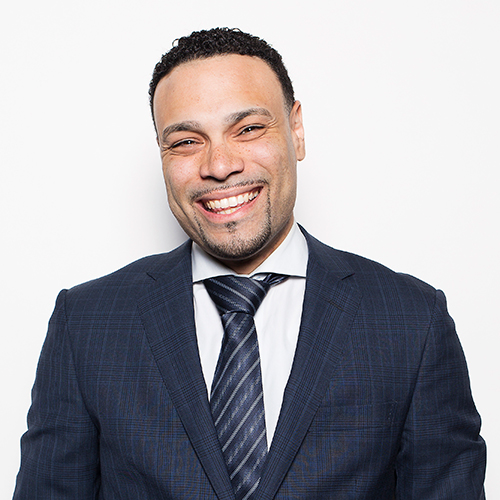
Marco Irizarry describes his company, Akamai Technologies, as the biggest Internet company you’ve never heard of. For Akamai’s global manager of diversity and inclusion, the company’s relative obscurity presents a challenge, because in addition to helping engage and retain current staff, part of Irizary’s job is to maintain a pipeline of qualified and diverse potential employees. But with a company of engineers working on some of the most complex and challenging content delivery issues faced by digital technology and Internet users, Akamai competes for talent against better known tech giants like Apple, Google, and Facebook.
Irizarry made the transition to diversity and inclusion while working in the insurance industry and has now been with Akamai for about a year. The social aspect of helping different types of people recognize how much they have in common is what excited him about the work. But that same aspect is also the greatest test of his skills and abilities when it comes to attracting talent.
“One of the key struggles in technology is drawing candidates from traditionally underrepresented groups. We have the added hurdle of raising external awareness about our B2B company that doesn’t advertise to consumers, but offers tremendous opportunities for careers in STEM,” Irizarry says.
He has already made progress through outreach efforts to groups like the National Society of Black Engineers, the Grace Hopper Celebration of Women in Computing, and Prospanica—formerly, the National Society of Hispanic MBAs (for which Irizarry is the president of the Connecticut chapter).
BUILDING INTERNAL SUPPORT
Akamai has seven employee resource groups (ERGs) to support a variety of constituencies: four women’s forum groups (for the US, India, Europe/Middle East, Asia/Pacific Islands and Japan), as well as Ohana (African Americans/Hispanics), out@akamai (LGBT) and IndUS (Indian/Southwest Asian). The ERGs launched in 2015, and the company has a goal of 4 percent participation company-wide by end of 2016, and 8 percent by 2017.
Irizarry is taking a two-pronged approach to reach those goals and make participation successful. First, he is developing formal guidance for their volunteer leaders. He points out, “In their day jobs, group leaders know what’s expected of them. We want to make it just as clear in their ERG roles, so they can go on to more substantial achievements.”
Secondly, Irizarry is leveraging Akamai leadership support for diversity and inclusion to ensure adequate resources. For ERGs to succeed, it is important that the leaders are nurtured and developed, just as they would be in other traditional HR initiatives like management training and other development opportunities.
“You don’t take on added responsibilities or move into the C-suite without mentors and other formal support. We have to validate and acknowledge the efforts of ERG leaders and develop the talent and capabilities of members in the groups in the same ways,” Irizarry says.
To help make that happen, he is in the process of developing an enterprise-wide sustainable business and leadership structure that includes tools to create meaningful metrics. After two years, Irizarry expects that the analytics will be able to show whether ERG participants are happier at work, if they stay with the company longer, are more engaged and productive, and whether ERG events are producing the desired results.
“Diversity and inclusion metrics should demonstrate the worth of the programs and be viewed like other critical HR measures. We want members to be successful and happy, but also to provide value back to the organization,” he explains.
THE ULTIMATE GOAL
From his days as an insurance arbitrator, Irizarry is well aware of how extensive unconscious bias is in our day-to-day lives. For example, younger drivers are often assumed to be at fault for accidents, just as technology professionals might be thought of as less friendly than sales people. Irizarry sees first-hand at Akamai that workers are often seen as introverted and uncomfortable working outside their specialties, even though those biases are rarely true. Such points of view can actually prevent people in IT from succeeding on their own, and can also weigh on their confidence.
Irizarry says that part of solving this problem involves making people aware of their own unconscious biases. “There may be qualities other than having the most experience that should influence a hiring decision. The best candidate might be a highly creative mechanical engineer, rather than someone from IT, or, like myself, someone with an insurance background who’s never worked in technology before,” he says.
In light of the frenetic pace of technology evolution, dropping old expectations and recognizing how much individuals have in common with their coworkers may be critical to how Akamai performs in the future. “The more diverse we are, the wider the range of perspectives we have access to,” Irizarry says. “That makes it more likely that we will come up with the best, truly innovative solutions. Diversity helps ensure that we continue to be successful as we face the challenges of such a rapidly evolving industry.”

